Steering Volvo Cars into a New Era
Recent news regarding the leadership transition at Volvo Cars is capturing the attention of finance professionals and industry analysts alike. The company has announced the return of Håkan Samuelsson—an experienced executive who previously led the firm from 2012 to 2022—to the role of Chief Executive Officer. This decision comes in the wake of warnings that 2025 could pose significant challenges for the automotive giant, prompting a strategic move designed to stabilize operations and prepare the company for future uncertainties.
Returning to Trusted Leadership
At 74 years old, Håkan Samuelsson resumes his position as CEO, taking over from Jim Rowen, who will step down on March 31. Rowen’s tenure, which began in January 2022 following Volvo Cars’ listing on the Stockholm Stock Exchange in 2021, lasted for just three years. Samuelsson’s return indicates the company’s commitment to leveraging proven managerial expertise during a transitional phase as Volvo Cars searches for a long-term successor.
This temporary leadership arrangement, set for a two-year period, reflects Volvo Cars’ strategic approach to managing risks in an unpredictable market environment. The decision signals that, in times of uncertainty, revisiting past successful strategies and experienced leaders can help steer a company through turbulent waters.
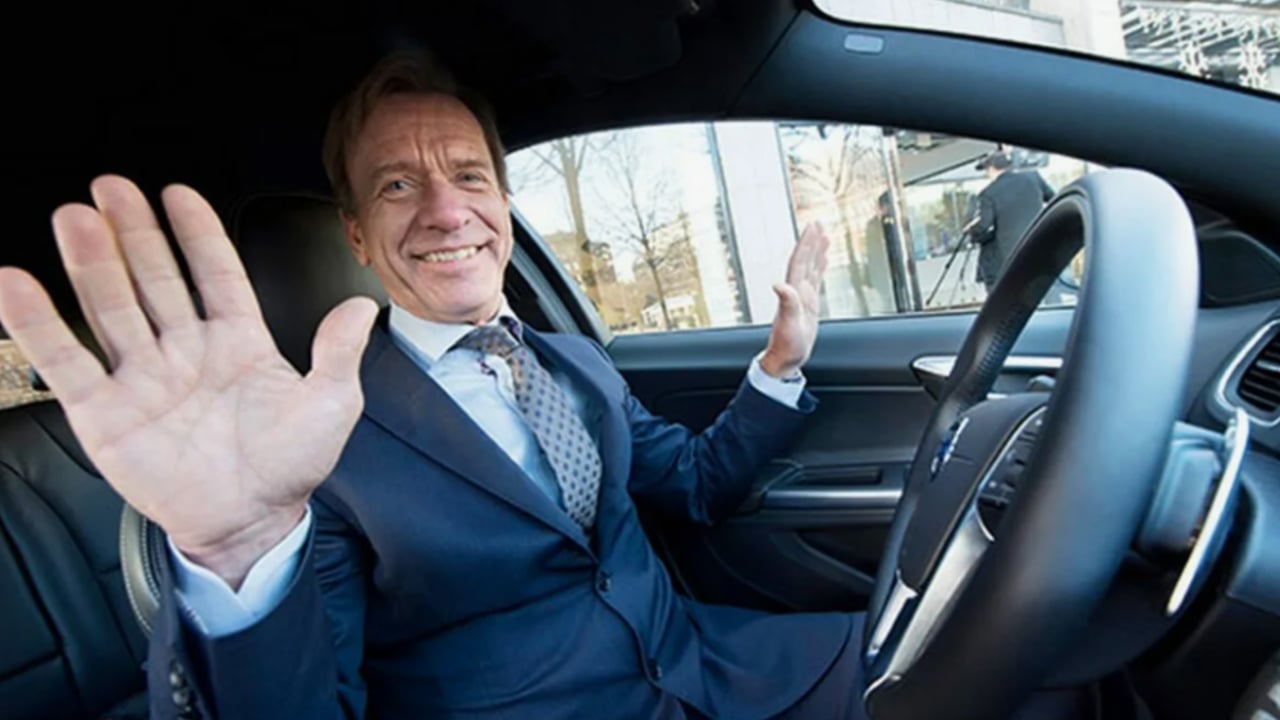
Catalysts for Change
The return of Håkan Samuelsson comes as part of broader corporate realignments that reflect changing dynamics within the automotive industry. This leadership transition coincides with several internal and external shifts, such as:
- A renewed focus on corporate culture and responsible governance
- Increased transparency and communication within the company
- Enhanced financial planning and budgeting processes
- A drive toward digital innovation and technological advancements
Each of these factors has contributed to the decision to bring in an experienced hand who understands both the company’s history and the intricacies of the modern market. By placing trust in Samuelsson’s leadership, Volvo Cars is positioning itself to navigate present challenges while paving the way for future advancements.
Navigating Global Financial Landscapes
This leadership change must be understood within the wider context of global financial trends. Industry experts emphasize the importance of seasoned executives during periods of economic uncertainty. In the current climate, where market fluctuations and geopolitical issues can prompt rapid shifts, relying on established management traditions becomes crucial for maintaining stability.
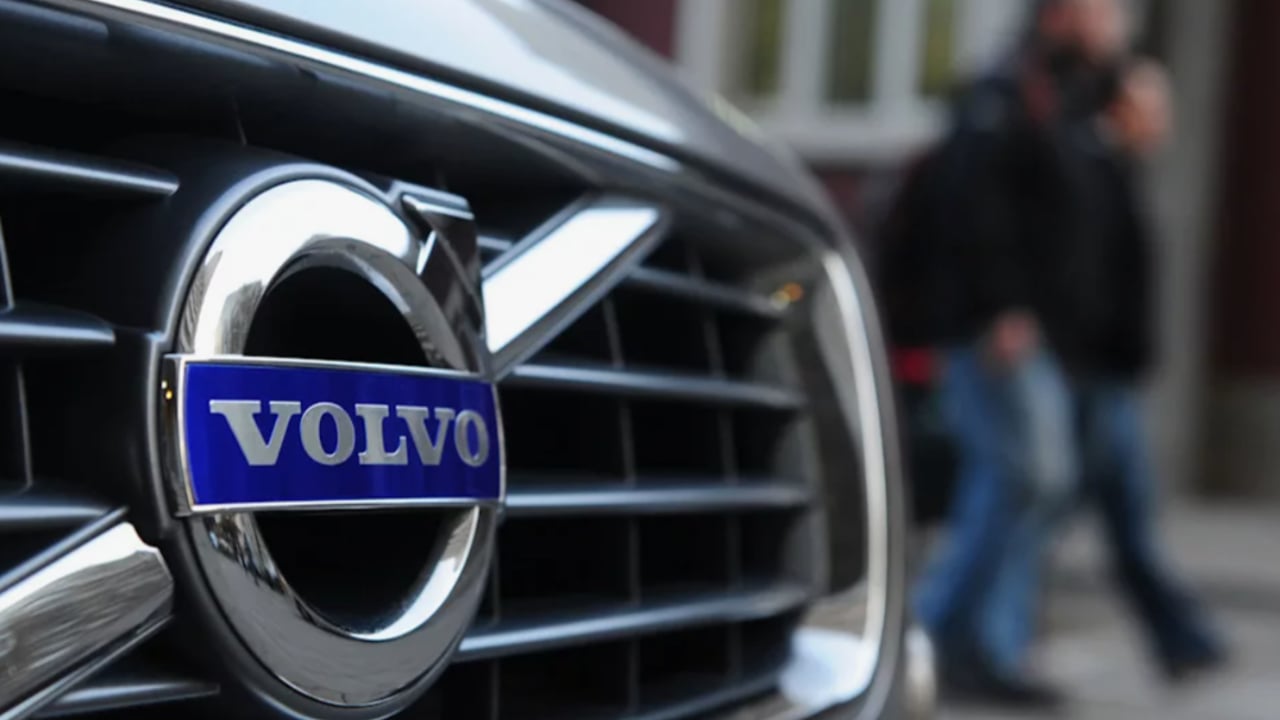
Key trends influencing the decision include:
1. The rising importance of experienced leadership during volatile market conditions
2. The adoption of temporary solutions as part of a long-term strategy
3. Organizational restructuring aimed at quick responses to market changes
4. Transition periods that help stabilize the company through challenging times
These trends underscore the need for companies like Volvo Cars to remain agile and adaptable. By aligning its management strategy with global financial realities, the company demonstrates its commitment to preserving investor confidence and ensuring sustainable growth.
Charting the Future Amid Uncertainty
The leadership transition at Volvo Cars is not merely an internal reorganization but a reflection of broader industry dynamics. The shift highlights the critical role of veteran leadership in steering large companies through economic uncertainties and technological transformations. This carefully planned pivot to a trusted executive not only helps manage current challenges but also sets the stage for comprehensive strategic planning for the future.
By adopting seasoned managerial expertise, Volvo Cars reaffirms its determination to remain resilient in the face of global market fluctuations. The company’s approach to leadership change—balancing tradition with innovation—serves as an example of effective corporate strategy in today’s competitive environment.


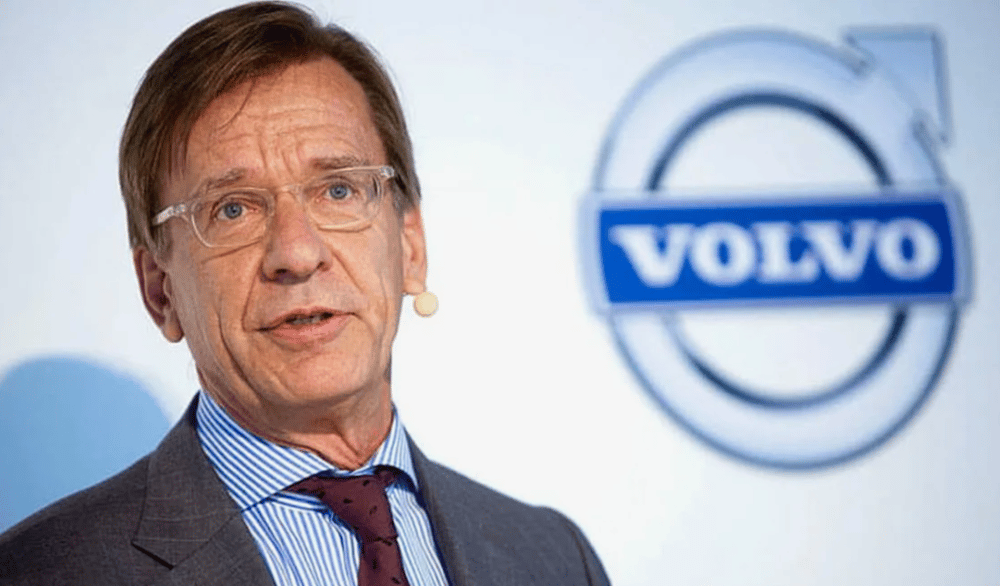




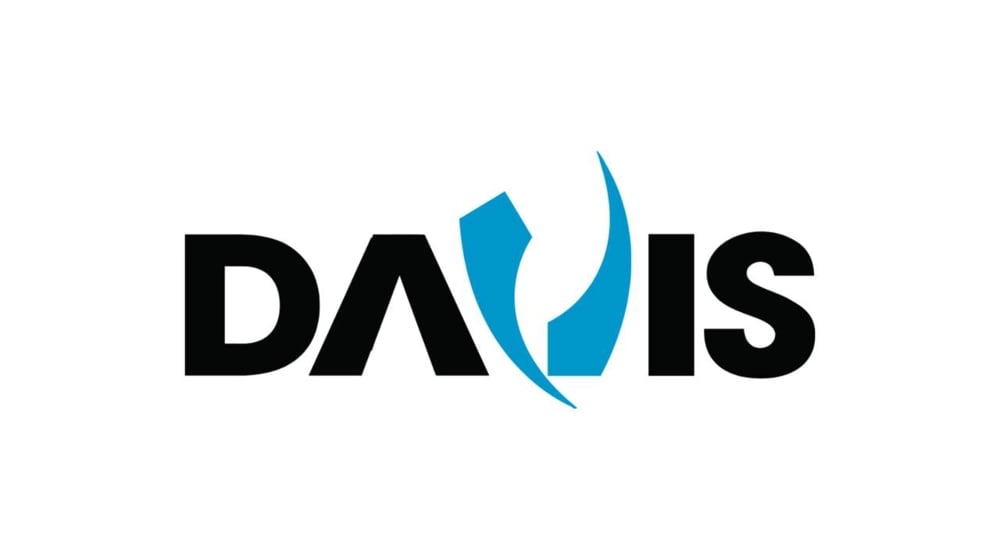

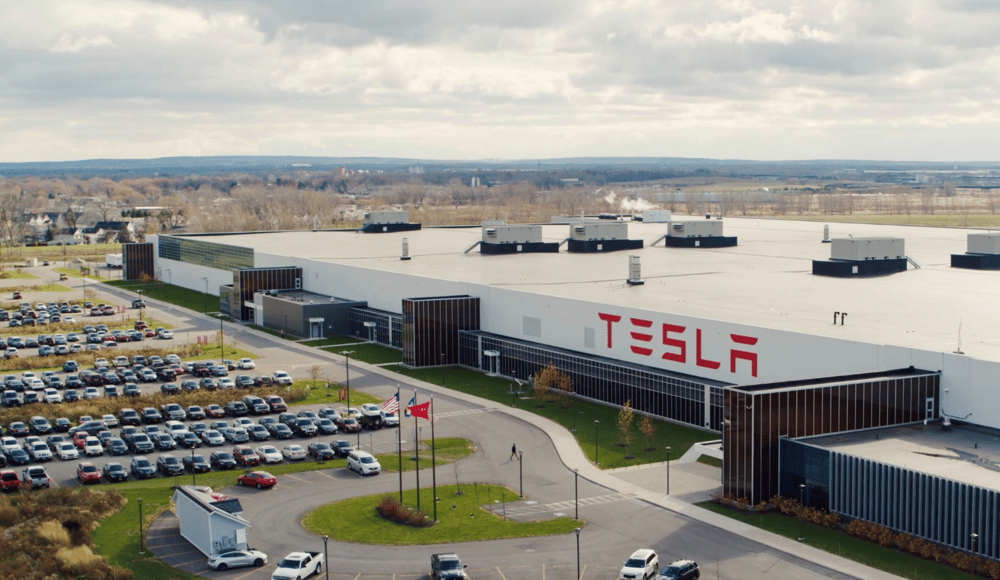

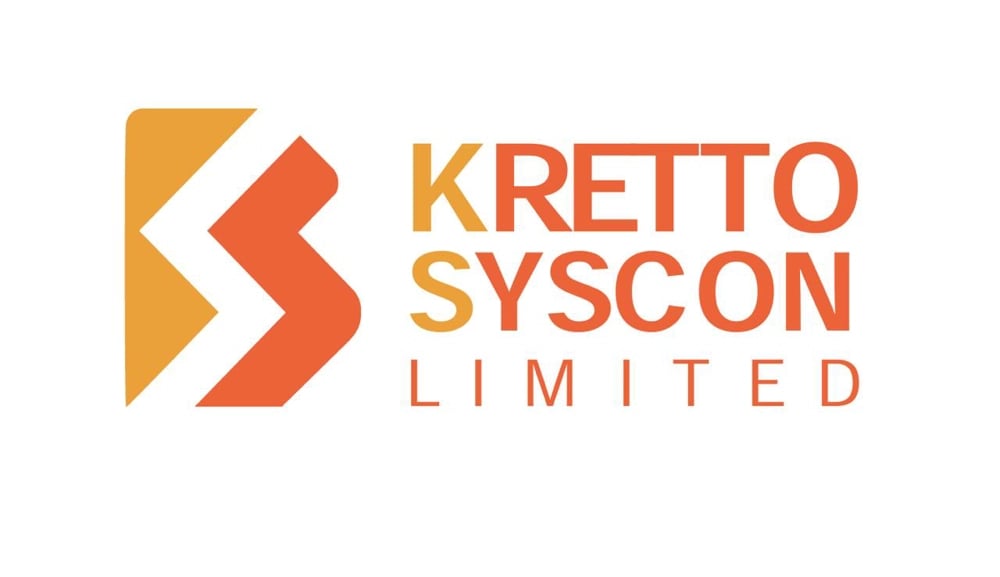



Comments
This move might serve as a catalyst for revolutionary changes in how technology harnesses automation